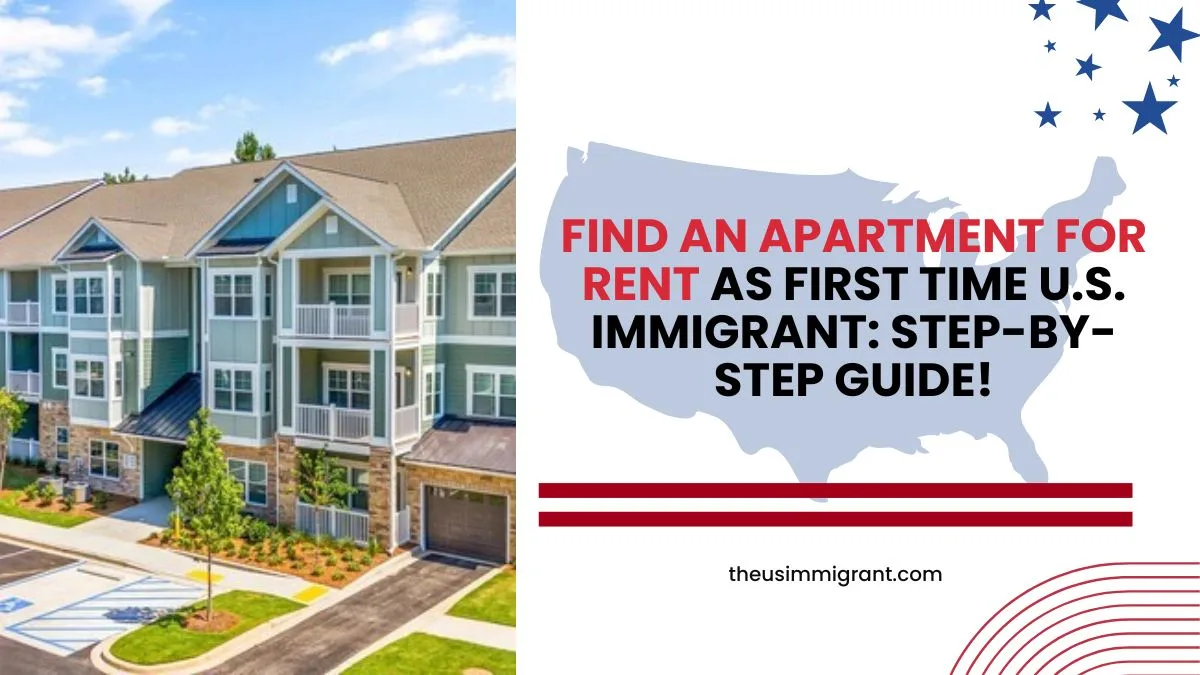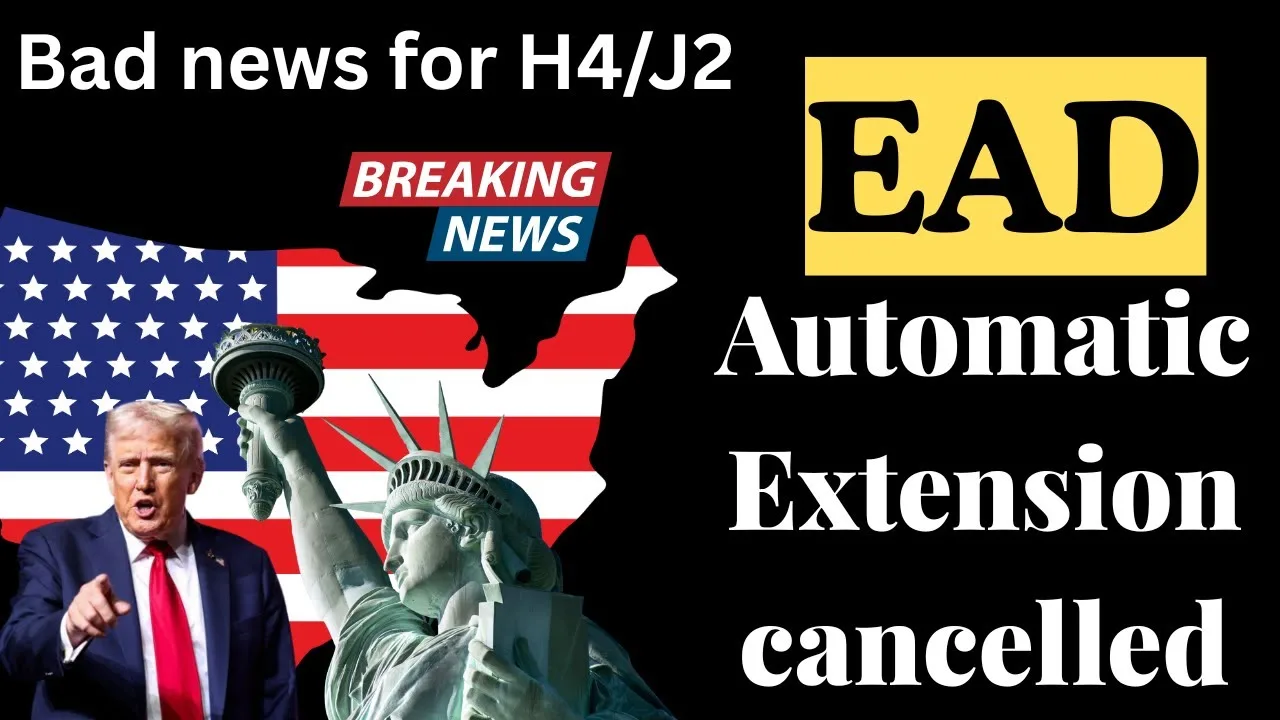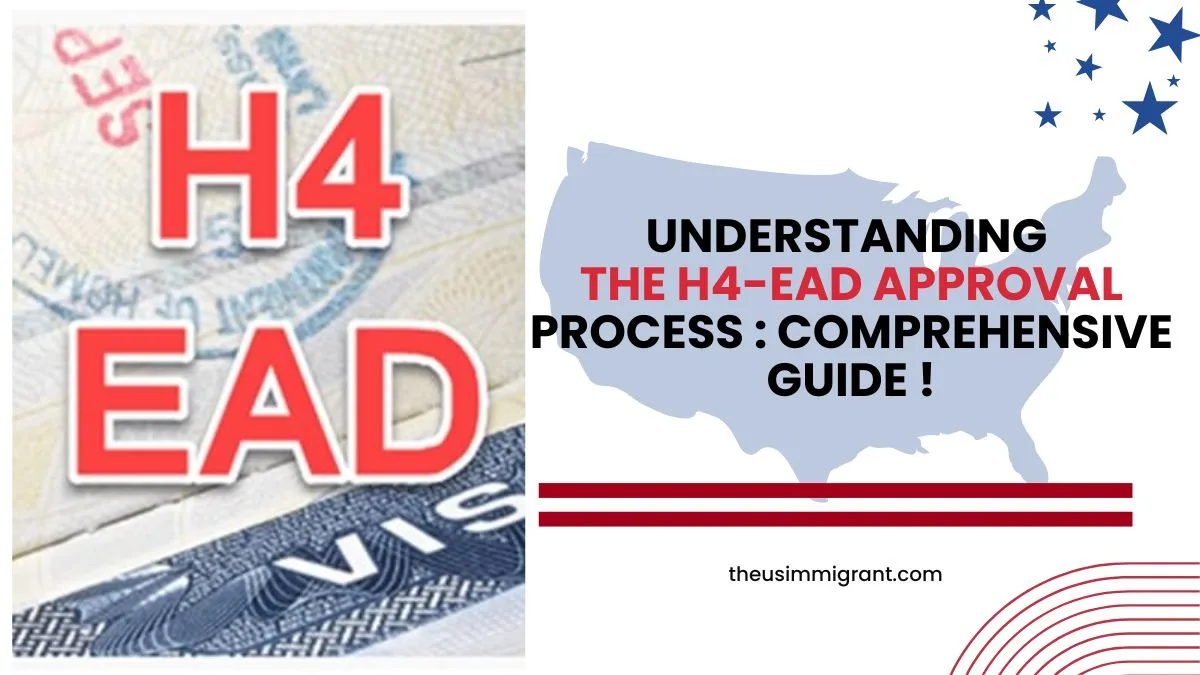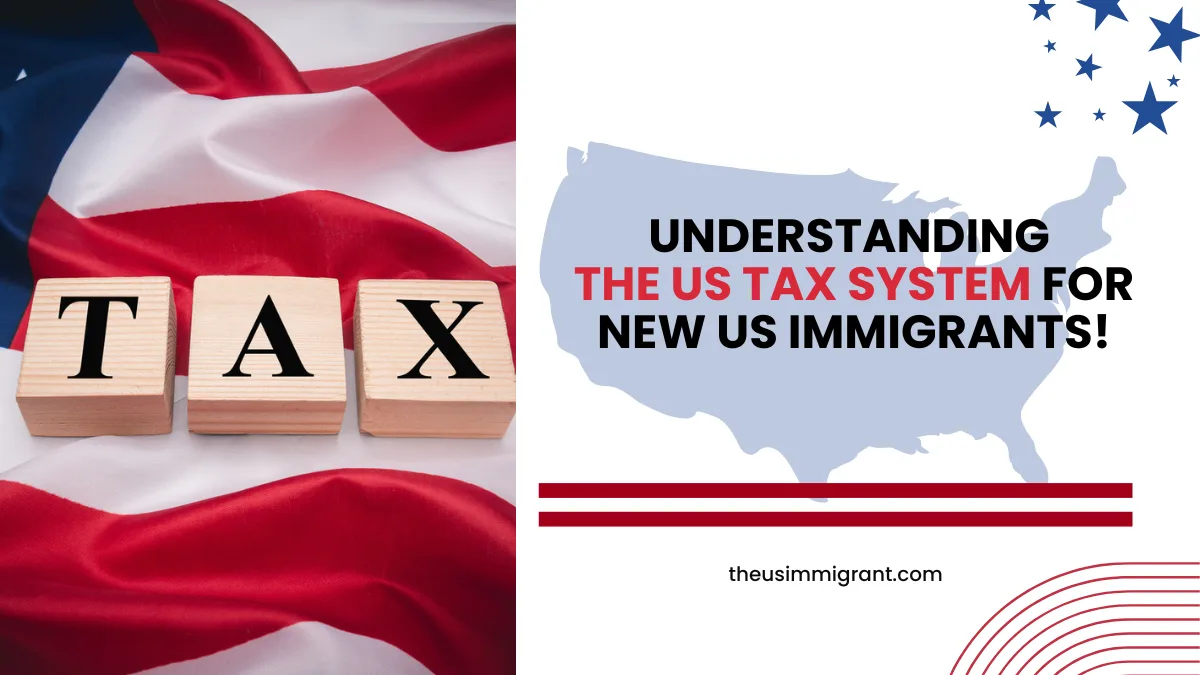Introduction
It can be an exciting as well as a daunting journey searching for your first apartment for rent in the U.S.A., particularly for an immigrant.
This guide sets out to break down the process for you and provides insight into how to make sure that your next rental will be more comfortable than ever.
Changing to a new country brings its difficulties, and building a new life in that country tops all. Understanding the American rental market is vital to an immigrant.
This guide will take you through everything step-by-step and provide equations, helping you approach the rental process confidently and with clarity.

Understanding the U.S. Rental Market
The American market for an apartment for rent looks very different depending on where you are from. In 2025, several trends & facts were influencing this market:
- Market Dynamics: Urban areas typically face higher demand and hence increased rents, while suburban and rural places can give you the best bang for your buck.
- Regional Variations: The rental regulations in every state or city vary. For instance, the scale of renting in New York City is quite different from that in a smaller city like Hopewell Junction.
Average Rent Prices: As of 2025, average monthly rents are approximately as according 1, 2, and 3 bedroom apartments for rent :
| City | Average Rent (1-bedroom) |
| New York, NY | $3,200 |
| Los Angeles, CA | $2,500 |
| Chicago, IL | $1,800 |
| Houston, TX | $1,400 |
| Miami, FL | $2,000 |
Understanding these dynamics helps in setting realistic expectations and making informed decisions.

Finding the Right Neighborhood
Choosing a neighborhood is as crucial as selecting the apartment for rent itself. Consider the following factors:
- Safety: Study crime rates and what is being done about them in your community. Websites such as Neighborhood Scout furnish detailed figures from the FBI on criminal activity and its distribution across different areas.
- Schools: The quality of local schools is a key concern if you have children. For this purpose, you can use rankings offered by GreatSchools.org to compare and contrast offerings (as it were), all around the United States.
- Public Transport: Close ties to public transport may greatly influence commute time. New York and San Francisco are both equipped with extensive public transport systems; many other cities rely on the private car more heavily for movement within their bounds.
- Cost of Living: Beyond rent, consider the overall cost of living, including groceries, healthcare, and utilities.
Finding the Right Apartment for Rent
To be more efficient with your Apartment Searcher search:
- Online Platforms: Websites like Zillow, Apartments.com, and Craigslist all list available rentals with filters to help you sort by price, location, or amenities.
- Community Networks: Engage with local immigrant communities or organizations. They often have leads on available housing and valuable tips for finding somewhere suitable to live.
- Rental Agencies: I suggest contacting a real estate agency in your local area. Some agencies specialize in helping immigrants, and they can take you through the whole process to make sure you understand the lease terms and conditions.
Whether you are looking for short-term or long-term leases depends on what you plan to do. Short-term leases offer flexibility but probably bring higher monthly costs.
Budgeting for Rent and Utilities
Financial preparedness is key to a stress-free renting experience. Here’s a breakdown:
1. Average Rental Costs: While rent varies, for a 1-bedroom apartment for rent or renting a 2- or 3-bedroom apartment, here’s a general overview:
State | Average Rent (1-bedroom) |
California | $2,200 |
Texas | $1,200 |
Florida | $1,500 |
Illinois | $1,600 |
New York | $3,000 |
2. Additional Costs:
- Security Deposit: Typically one month’s rent, refundable upon lease termination, pending any damages.
- Renter’s Insurance: Averages $15-$30/month, covering personal property and liability.
- Application Fees: Range from $30-$75, covering background and credit checks.
3. Monthly Utilities:
- Electricity & Gas: $100-$150
- Water & Sewer: Often included in rent; if not, $30-$50
- Internet & Cable: $60-$100
- Trash Collection: Sometimes included; if not, $10-$20
Creating a detailed budget that encompasses all these expenses, including costs related to a small apartment for rent, ensures financial stability and prevents unforeseen strains.
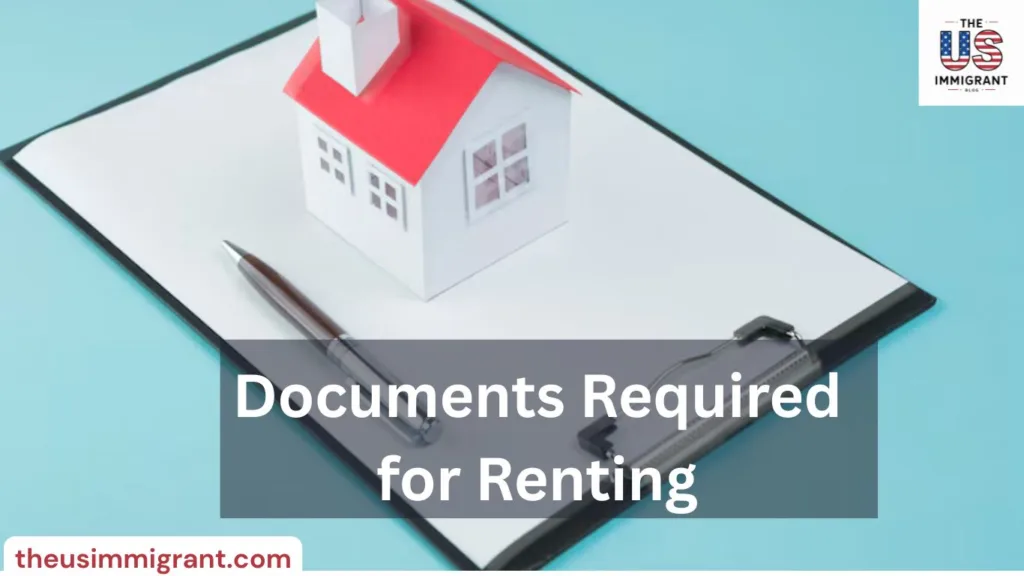
Documents Required for Renting
Landlords require specific documentation to process rental applications. Essential documents include:
- Identification:
- Passport or Visa: Valid proof of identity and legal status.
- Social Security Number (SSN) or Individual Taxpayer Identification Number (ITIN): Necessary for credit and background checks.
- Proof of Income:
- Rental History:
- Previous Room Rental Lease Agreement: Showcasing prior rental experiences.
- References: Letters from previous landlords or employers attesting to reliability.
For newcomers lacking a U.S. credit history, offering a larger security deposit or securing a co-signer can enhance application credibility.
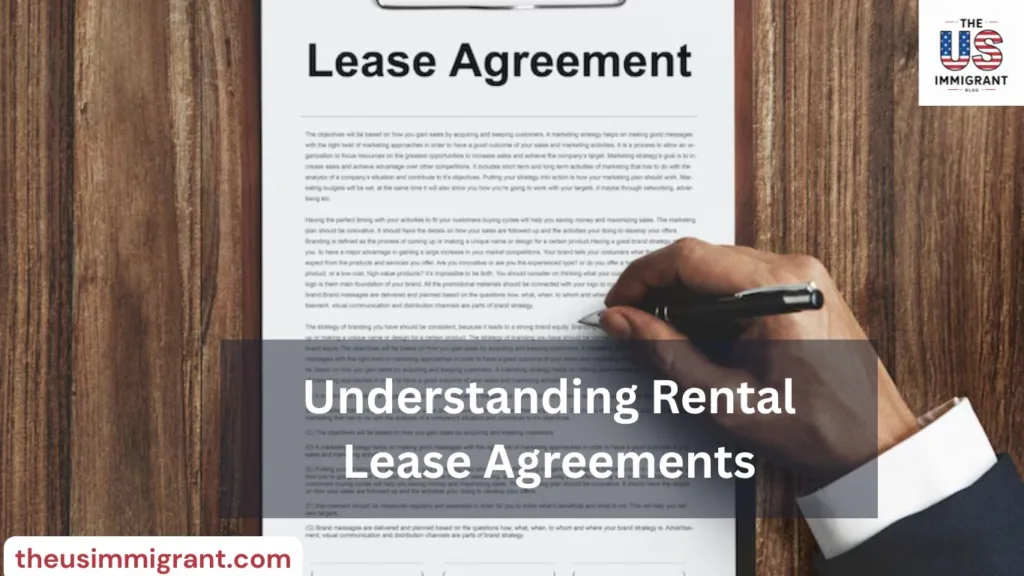
Understanding Rental Lease Agreements
A lease is a binding contract outlining the terms of your tenancy for an apartment for rent. Key components to review:
- Rent Details: Monthly amount, due date, and acceptable payment methods.
- Security Deposit Terms: Conditions for refund and any deductions.
- Maintenance Responsibilities: Clarify who handles repairs and maintenance.
- Termination Clause: Understand penalties or notice periods for early termination.
Always read the residential lease agreement form thoroughly and seek clarification on ambiguous terms. Negotiating certain clauses is acceptable and can lead to more favorable terms.
How to Build Credit as an Immigrant
A solid credit history is vital for various financial endeavors in the U.S., such as securing an apartment for rent. Steps to establish credit include:
- Rent Reporting Services: Services such as RentTrack or Experian RentBureau report your rent as you pay promptly and cultivate a credit history without debts to pay off. Bold the subheadings and their descriptions.
- Become an Authorized User: If a trusted friend or family member adds you to their existing credit card as an authorized user, their credit history may positively impact your score.
- Apply for a Credit-Builder Loan: Offered by banks and other financial institutions, they set up these loans, holding your money in an account while you make payments each month, slowly adding up over time. Once the account is paid off, you keep your own money, and the history of on-time payments on that loan not only increases your credit.
Over time, with consistent financial habits, your credit score will grow. This opens doors not only to better apartments for rent but also to car loans, mortgages, and even jobs in some industries.
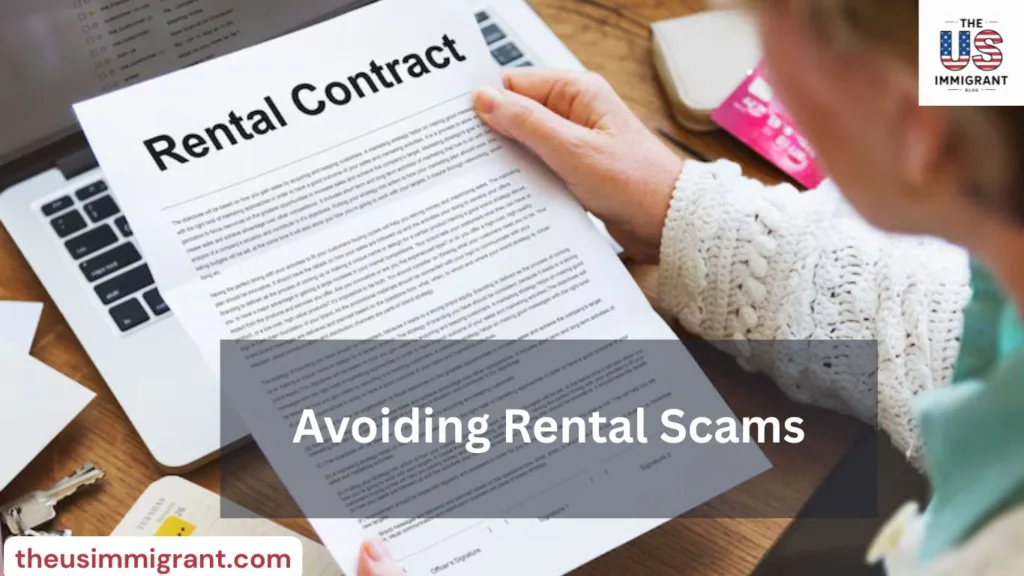
Avoiding Rental Scams
Rental scams are, unfortunately, very common for an apartment listing, especially targeting newcomers unfamiliar with the U.S. systems. Here’s how to protect yourself:
How to Verify a Listing
- Cross-check listings on multiple platforms (Zillow, Apartments.com, etc.).
- Use Google Maps to see if the address exists.
- Call the management company directly if it’s an apartment for rent.
Common Scams
- Fake Listings: Scammers post photos of real apartments (often stolen from legit sites) and offer them at unrealistically low prices.
- Phantom Landlords: You’re asked to pay upfront before viewing the apartment.
- “Too Fast” Landlords: Rushing you to sign a rental lease agreement form
or send money immediately, often with a story that they’re out of town.
Red Flags
- Requests for payment via apps like Zelle, Venmo, or Western Union.
- No background or ID checks required.
- Poor grammar in emails or text messages.
Pro Tip: Always view the small apartment for rent (in person or virtually), never send money before signing a lease, and trust your gut—if something feels off, it probably is.
Moving In and Setting Up Utilities
Once your rental lease agreement form is signed and your move-in date is set, it’s time to get everything ready.
Moving Checklist
- Sign the residential lease agreement form and get a copy.
- Pay any initial fees and deposits.
- Take pictures of the apartment before moving in to document any damage.
- Get all sets of keys and ask for building codes if needed.
Setting Up Utilities
- Electricity & Gas: Local providers vary—ask your landlord who to contact. Set up service 5–7 days before moving in.
- Water & Trash: Often managed by the property manager, but double-check.
- Internet & Cable: Companies like Xfinity, AT&T, and Spectrum offer bundles for those searching for an apartment for rent—look for immigrant-friendly support.
- Renters Insurance: Required by many landlords, it’s cheap ($10–$30/month) and covers your belongings in case of theft, fire, or accidents.
Moving Tip: While setting up your new space, purchase second-hand furniture through Facebook Marketplace or local thrift stores to save on cost.
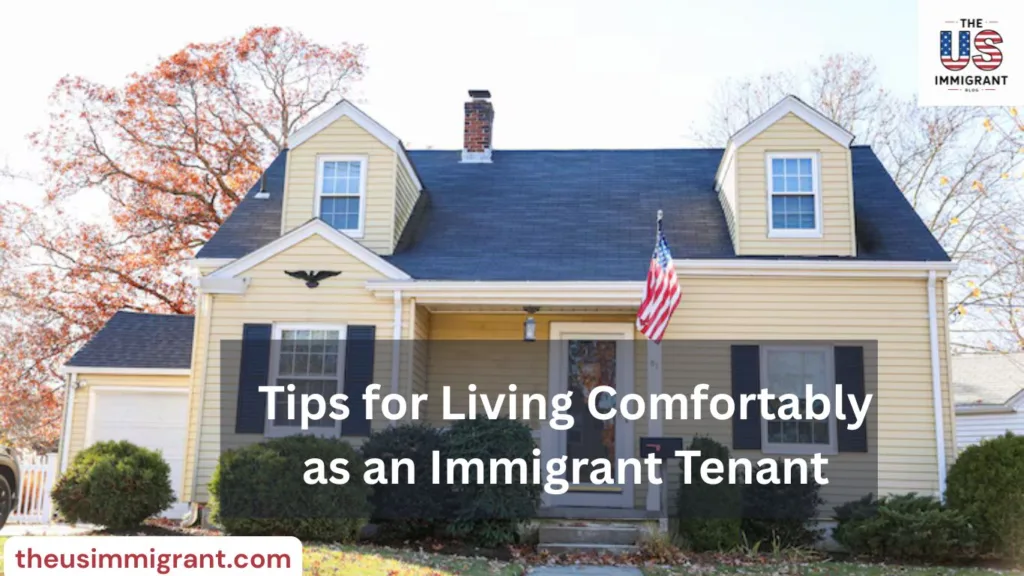
Tips for Living Comfortably as an Immigrant Tenant
Living in your first U.S. apartment involves more than just paying rent. These tips will help you adjust and thrive:
Understand Your Rights
Each state has its tenant laws, but you’re always entitled to:
- A safe, livable environment.
- Notice before rent increases or eviction.
- Privacy—landlords must give notice before entering your apartment.
Visit your state’s housing authority website or contact a local tenant union for help if issues arise.
Connect with Community
- Join cultural associations or immigrant networks in your area.
- Facebook groups and WhatsApp communities often provide housing tips, keywords for using an apartment for rent, furniture giveaways, and job leads.
- Attend local events or use Meetup.com to build your social circle.
Furnishing Affordably
- Use Craigslist or Facebook Marketplace for free or cheap furniture.
- Check non-profits like Habitat for Humanity’s ReStore for quality household goods.
- Ask around—many immigrants pass down essentials to help newcomers.
Pro Tip: Practice good neighbor etiquette—be friendly, keep noise down, and take part in community activities when possible. It helps build a support system and keeps things peaceful.
Wrap it up....
For immigrants, renting their first apartment in America is a major achievement, and for some it brings a sense of exhilaration only surpassed by feelings of nervousness at the sight of so much foreign territory.
From understanding the strange lease terms to establishing a good credit history from nothing (from which all lending is done), each step may appear impossible. But equipped with proper knowledge and a little pre-interview of an apartment for rent, you can be sure to make discerning choices that will suit not only your budget but also bring you peace to sleep.
You’ve learned how to:
- Understand the rental market and choose a good neighborhood.
- Budget and prepare documents.
- Navigate lease terms and build credit.
- Spot scams and settle into your new place.
And it will not be easy. However difficult we find it, many have come to walk this path and established wonderful lives—now it is your turn.
Last of all, remember that for better or for worse. You are not alone. Thousands of immigrants have gone before you on this same path-and won. There are resources, support groups, and networks out there waiting to support every step you take to find an apartment for rent.
Visit our immigrant-friendly website www.theusimmigrant.com for clear, step-by-step information.
Let’s make your U.S. rental journey smoother, together!
Frequently Asked Questions (FAQs)
Q1: What if I don’t have a credit score yet?
You can still rent by showing proof of income, using a co-signer, or paying a larger deposit. Building credit gradually helps for future rentals.
Q2: Can I get an apartment for rent without an SSN?
Yes. Many landlords accept an ITIN or a passport. Some may require extra paperwork, so be ready to show bank statements or job offers.
Q3: What should I do if a landlord rejects my application?
Politely ask for the reason. Work on strengthening your documents—like proof of income or references—and try again. Don’t give up!
Q4: Are there special rental programs for immigrants?
Yes. Nonprofits and community centers sometimes offer rental help or connect you with affordable housing options. Check with local immigrant organizations.
Q5: How can I find roommates to share rental costs?
Try Roomi, Roommates.com, or Facebook housing groups for your city to find a roommate for your 2-bedroom apartment for rent. Living with others is a great way to save and make new friends.

